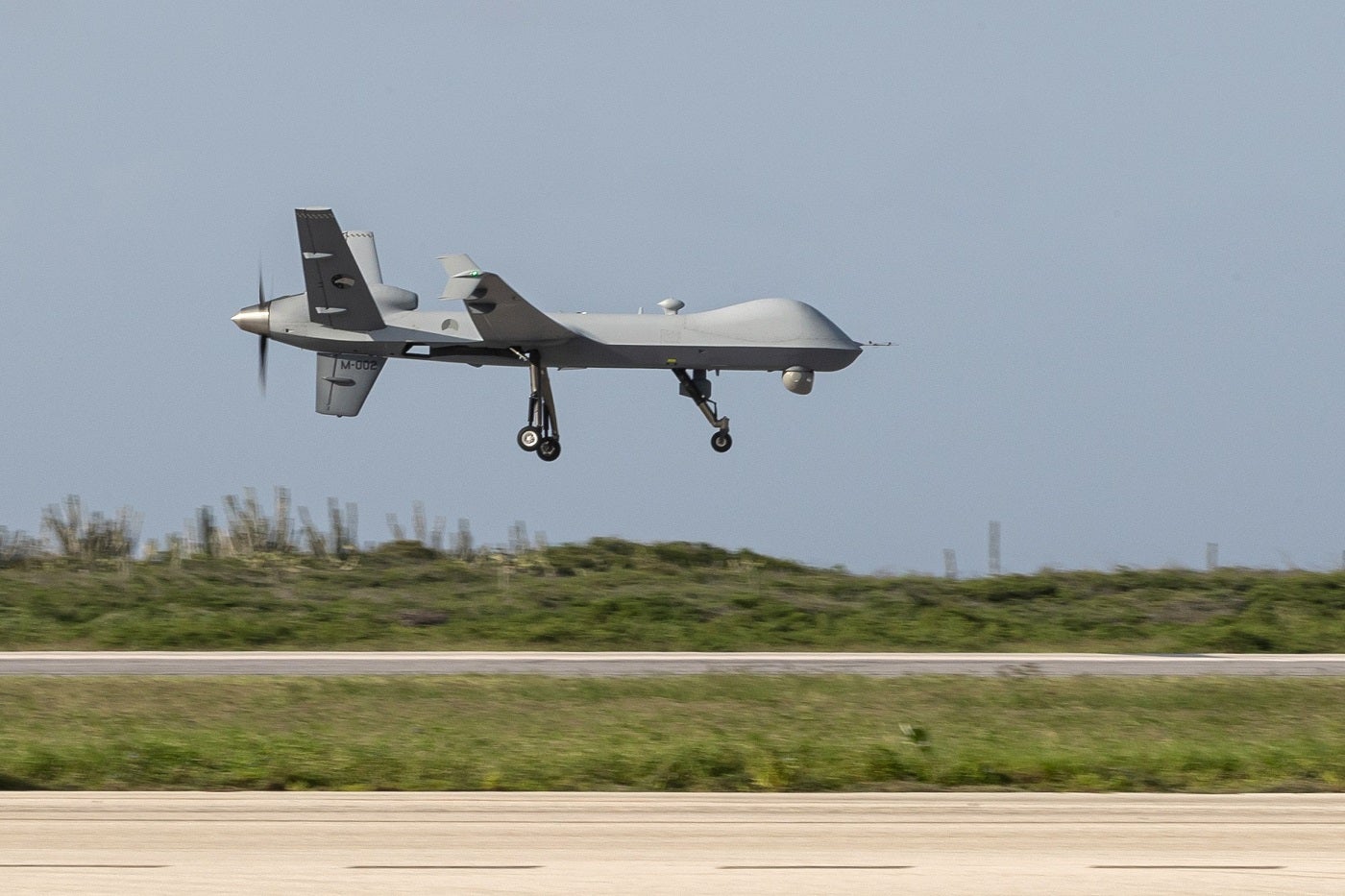
The United States is set to boost Italy’s aerial surveillance capabilities with a newly approved arms sale valued at $738m (€671.5m).
This deal, which includes six MQ-9 Block 5 drones and an array of support systems, reflects a deepening of defence ties between the two Nato allies.
In a move aimed at strengthening Nato’s collective security posture, the US State Department has cleared a foreign military sale (FMS) to Italy. The package encompasses the MQ-9 Block 5 drones, ground control stations, multi-spectral targeting systems, and radar technology. This equipment is expected to enhance Italy’s ability to monitor and respond to emerging threats more effectively.
According to GlobalData’s “Italy Defense Market 2024-2029” report, Italy’s Air Force already has six MQ-9A UAVs in its fleet inventory.
By expanding its fleet of MQ-9 Block 5 drones, Italy is poised to enhance its surveillance and reconnaissance capabilities. Integrating these systems into Italy’s military infrastructure will enable more precise operations and greater interoperability with other Nato forces.
Poland, an immediate neighbour of Ukraine, has ordered an undisclosed number of MQ-9 Reaper drones (manufactured by General Atomics), as highlighted by GlobalData’s Thematic Intelligence: Drones in Aerospace & Defense (2023).
The MQ-9 Reaper has seen widespread international use, with countries like the Netherlands and the United States advancing their operations. The Netherlands recently deployed MQ-9 Reapers to Romania as part of Nato’s Air Shielding mission, where they are crucial for surveillance along Nato’s Eastern Flank.
The deal, managed by General Atomics, signifies a commitment to reinforcing Italy’s defence capabilities. This enhancement will bolster Italy’s role as a stabilising force within Nato.
High-cost drones like the US MQ-9 Reaper offer speed, altitude, and endurance but have faced growing vulnerabilities on modern battlefields, such as the recent shootdown of an MQ-9 by Houthi forces in Yemen. These UAVs, though protected against most threats, remain susceptible to surface-to-air missiles, posing financial risks due to their high costs.




